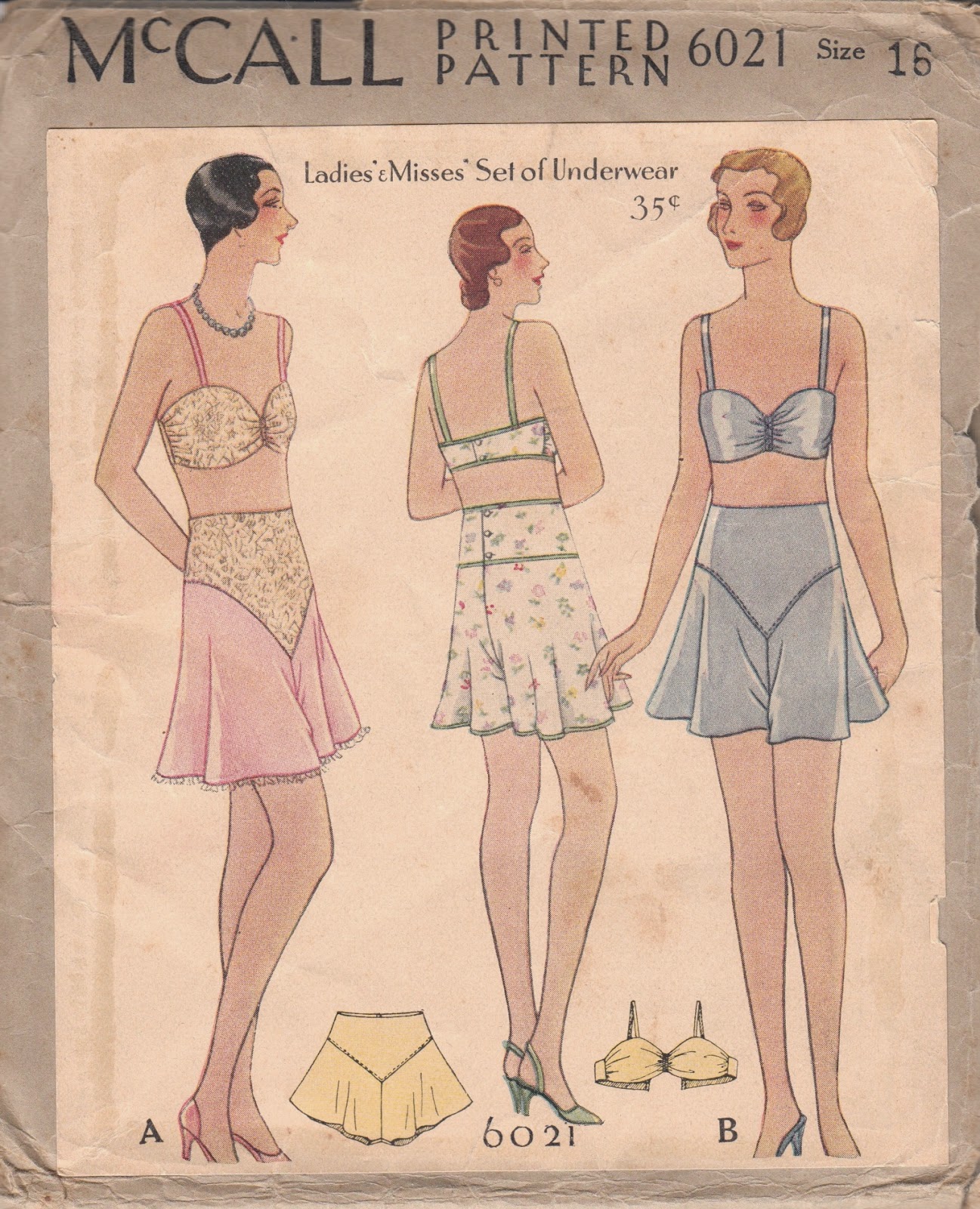Handsewn Linen 18th Century Cap | Kannik's Korner Caps Pattern View A
In 2019, I identified a need for an 18th century cap to cover up my horrific attempts at 18th century hairstyling. Making this cap was a quick, rewarding project, and I've since worn it dozens of times.
MATERIALS
I used a scrap of lightweight, white linen from Fabric Mart Fabrics - my favorite fabric site which regularly has sales on high-quality linen, wool, and silk. I used some 1/8" cotton tape. I'm so glad I bought a roll of this years ago, as it works wonderfully for corset lacing, ties, drawstring, and even mask ties.
I used the Kannik's Korner "Women's and Girl's Caps 1740-1820" pattern. I really appreciate that this pattern includes a wide range of (not often reproduced) cap styles! I made View A, the round eared cap, with the split ruffle (rather than continuous ruffle) option. However, hemming the pointy ends of the split ruffle and joining those two ends together was tricky and I'm not keen on doing it again. The finished seam of the split ruffle is front-and-center right over my forehead, and I feel quite conscious of the clunky stitching. I recommend that a less confident sewist make the continuous ruffle version to save themselves much swearing and poking.
The pattern instructions required a few thorough read-throughs for me to understand them; I felt like the instructions were lacking in images at some key points and I'm a visual learner. For the rolled whipped gather in particular, I had to consult the more visual instructions in the American Duchess Guide to 18th Century Dressmaking book and test the stitches on a scrap of fabric prior to working on the cap. Overall, I would recommend this pattern.
I did find, oddly, that after two years (most of that time spent in storage with my other 18th century garments) my cap had visibly yellowed. It was easy to wash by swishing it in a bowl of lukewarm water and using some mild laundry detergent.
The round eared cap is brilliantly designed with an adjustable drawstring on the caul that allows you to flatten the caul for easy ironing! I simply untied the drawstring, flattened the gathers, and I was able to press the caul back into a pleasing shape.
FINAL THOUGHTS
I'm satisfied with the finished cap, and mostly just glad that I have something to cover up my half-a**ed hair when I dress up. I appreciate that this cap design allows you to tie a ribbon around it and I enjoy selecting ribbons that coordinate with my outfits (I find it helpful to use small sewing pins to fasten the ribbon to my cap and hair). I really enjoyed making the rolled whipped gathers (whipped rolled gathers??) and am looking forward to trying that technique again.
I'm satisfied with the finished cap, and mostly just glad that I have something to cover up my half-a**ed hair when I dress up. I appreciate that this cap design allows you to tie a ribbon around it and I enjoy selecting ribbons that coordinate with my outfits (I find it helpful to use small sewing pins to fasten the ribbon to my cap and hair). I really enjoyed making the rolled whipped gathers (whipped rolled gathers??) and am looking forward to trying that technique again.








